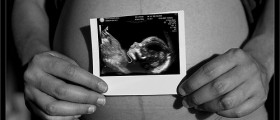
What is the treatment for Pelvic Inflammatory Disease?
Let's start with some of the symptoms of PID. Pelvic pain, lower back pain, fevers, painful intercourse and periods, and irregular periods are among the symptoms of PID. These same symptoms can have many causes, but they should always be checked out as soon as possible if you notice them. PID is treated with antibiotics. Because, as we mentioned, the offending bacteria are not immediately clear as there are quite a few possible culprits, patients will probably be offered several types of antibiotics at once. Patients will normally be given two different antibiotics simultaneously, orally or through an injection. These antibiotics aim to destroy several types of bacteria that can all cause PID.
Pelvic Inflammatory Disease should be treated as soon as possible.
Therefore, you will commence several kinds of antibiotics rather than wait to identify the exact cause of your Pelvic Inflammatory Disease. Common sexually transmittable diseases like Chlamydia, which can cause PID, are often symptomless. The threat of PID, the complications of which include infertility and chronic pelvic pain, should be enough to remind people to get checked for STDs regularly. After all, the diseases we are talking about are very easily treated if they are caught early through STD testing, and in that case a patient will not have any long term consequences.

















Your thoughts on this
Loading...